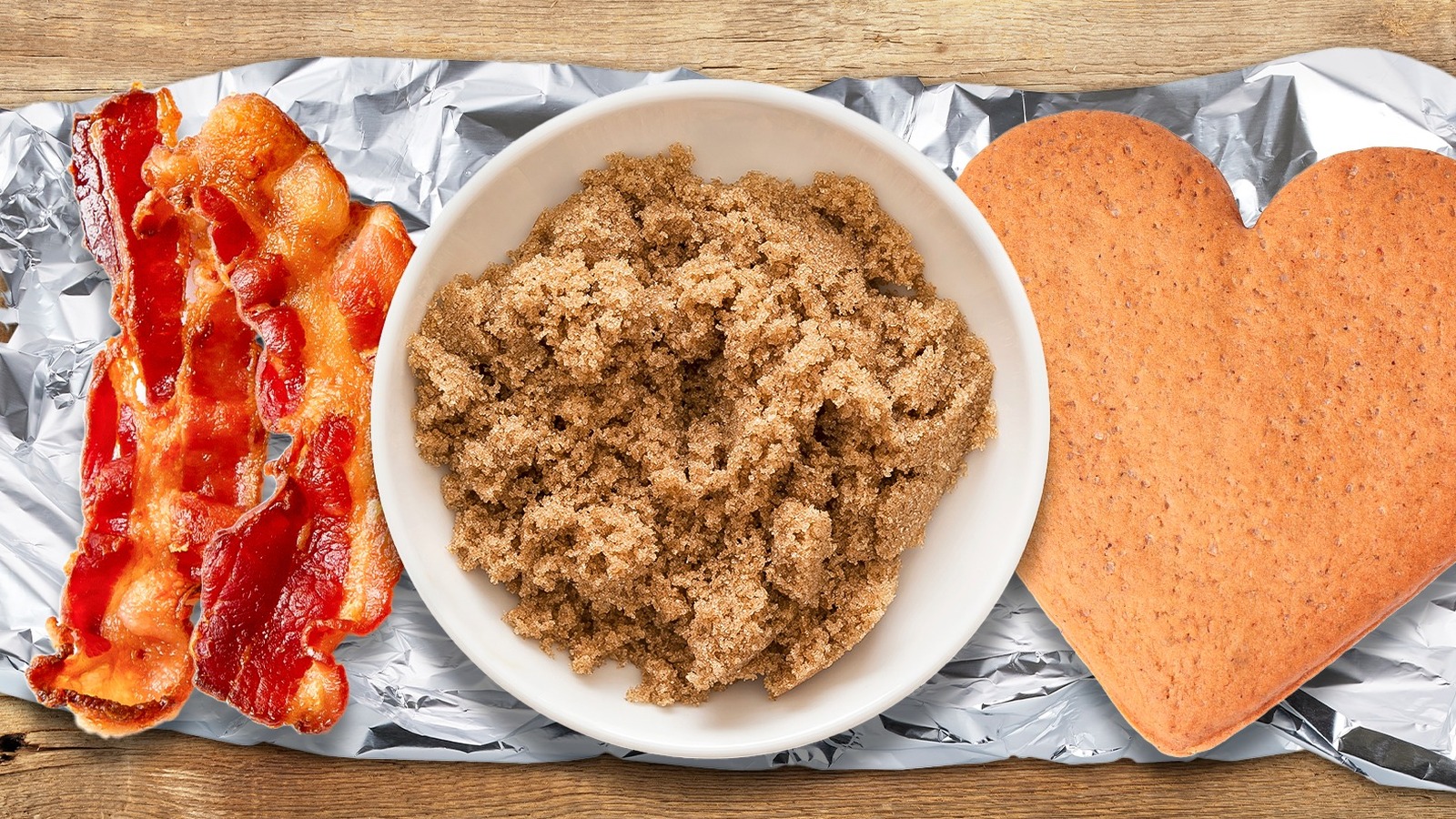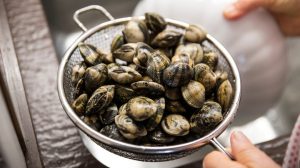Aluminum foil, a veritable kitchen staple, has revolutionized the way we cook, store, and preserve food. Several historical factors are responsible for this. First of all, production amped up prior to the 1940s, but perhaps most interestingly, that was right around the time an employee of Reynolds Brands, which made the stuff, improvised a Thanksgiving dinner with aluminum foil instead of a baking dish. The move solidified aluminum foil’s place in the kitchen.
In addition, these thin sheets of aluminum metal are tasteless and odorless and boast remarkable properties that make them ideal for a myriad of applications beyond the obvious uses, such as wrapping or covering food. With the ability to withstand high temperatures and resist moisture, aluminum foil has taken pride of place in various household tasks and DIY projects. Although its role as protection against alien mind readers may be dubious, if you’re trying to use the material to replace another kitchen tool, like a baking sheet or a donut tin, or if you’re trying to pull off some other intricate culinary feat, aluminum foil is on your side. So let’s take a look at some of the best kitchen tricks it can help you master.
Discard cooking grease
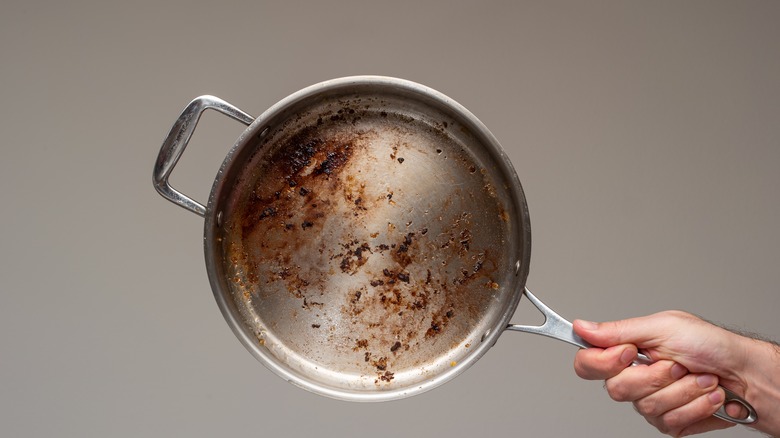
As you may know, pouring cooking grease down the drain is a big kitchen no-no. Too much grease will clog your drain in no time, and getting it out of there is much harder than getting it in. But you may have yet to figure out a convenient and sustainable solution for disposing of your grease in a safer way.
That’s where aluminum foil comes in. Take a sheet of it and use it to line a bowl that is large enough to contain all the grease you’ve produced by cooking bacon or whatnot. Then pour that grease over the foil and let it cool. Once the grease has solidified, extract it by holding onto the aluminum shell and toss everything into the garbage.
Help spices stick to meat
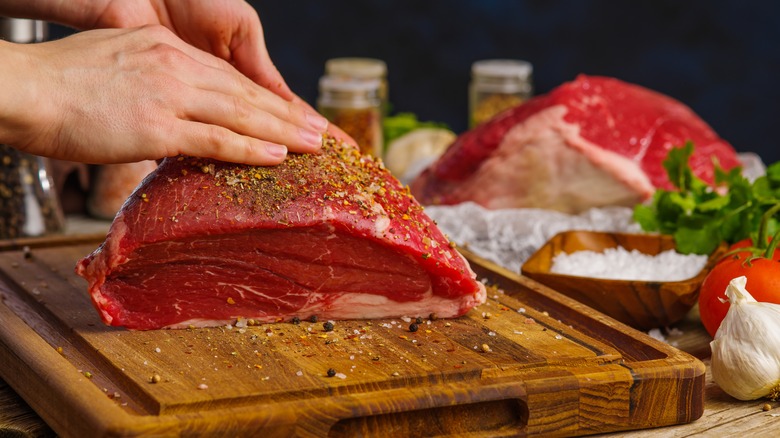
A perfectly cooked roast beef with a nice, thick crust of a tasty rub may be one of the most satisfying meals there is. But it’s not always simple to make, especially if you’re dealing with pesky dry spices that keep falling off the raw hunk of beef. If you can’t get them to stick, you’re going to end up with a bland slice of meat.
Aluminum foil can help by allowing you to roll the meat into the spices. Simply place a sheet of aluminum foil on your countertop to protect it from wayward spices, position the beef on top, and apply the spices liberally. Anything that falls off the initial application can be scooped up directly from the aluminum foil by rolling the meat in.
Handle melting ice cream

Eating ice cream on a cold day is a clean and crisp endeavor. You can take your time and comfortably enjoy your dessert without worrying about it spilling onto your fingers and getting them all sticky. But who wants ice cream on a cold day? Hot days provide the perfect weather to sample this delicacy, with the caveat that you’ll have to tolerate sticky fingers.
Wrapping some aluminum foil around your ice cream cone can help insulate the ice cream inside the cone, preventing the dreaded drip. You’ll still have to take care of the ice cream sitting on top pretty quickly, but that shouldn’t be a great sacrifice. With the aluminum foil, you won’t have to worry about anything sneaking out from underneath.
Achieve a crispier pork belly
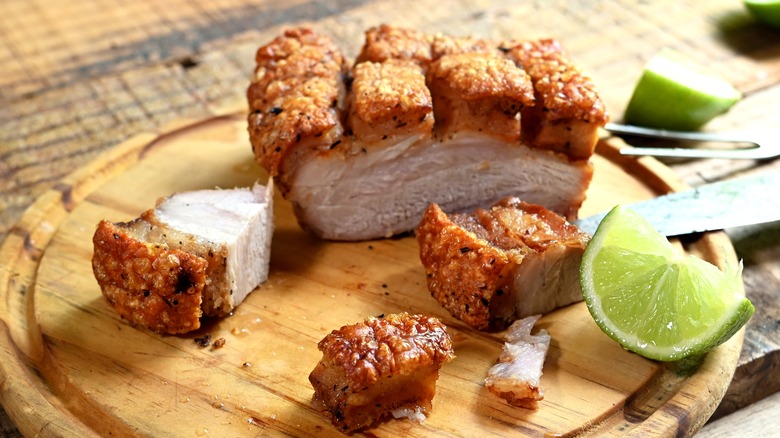
Giovanni Seabra Baylao/Shutterstock
The joys of pork belly are manifold, but one of the best parts of biting into this savory treat is the crispiness factor. A nice, soft, belly on the inside, coupled with the crispy outer shell, is the perfect texture to deliver the intense flavor of pork.
Given what’s at stake, it’s important to get that crispiness right, and for that, aluminum foil is the trick. You’ll need to ball it up and place the pork belly on top of it before putting everything in the oven. Just be sure to place the aluminum balls in the right place: Pork belly often comes in a sloping and uneven shape, which can lead to an equally uneven level of crunch. Placing the balls in the right spots will level the playing field, ensuring a crispy outer shell across the slab of meat.
Turn it into a roasting rack
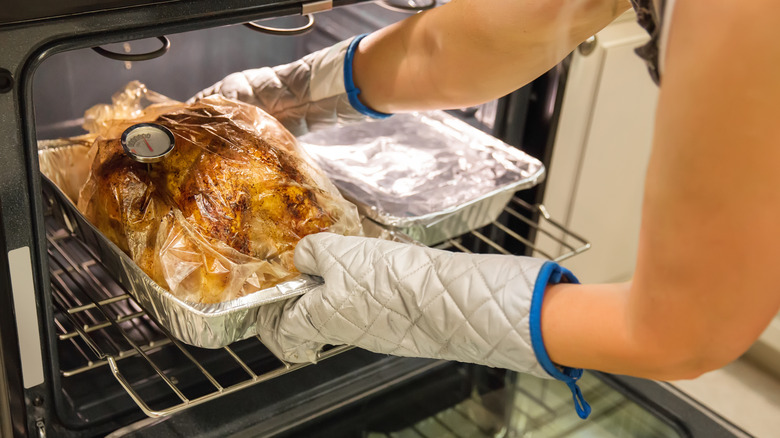
Reynolds’ employees in the know are not the only ones who can use a last-minute roasting hack. Anyone who suddenly finds themselves bereft of a roasting rack but with an extra turkey or other roasting meat can easily fashion their aluminum foil into a replacement rack and still deliver a perfectly cooked specimen.
The idea is to use aluminum foil to mimic a rack and not just a pan. For this, just take at least three sheets, roll each one into cylinders to fit your pan, and space them out as if they were the grates of a rack. Then place your turkey on these cylinders so that they hold up the bird and allow the juices to flow below.
Wrap it around banana bread
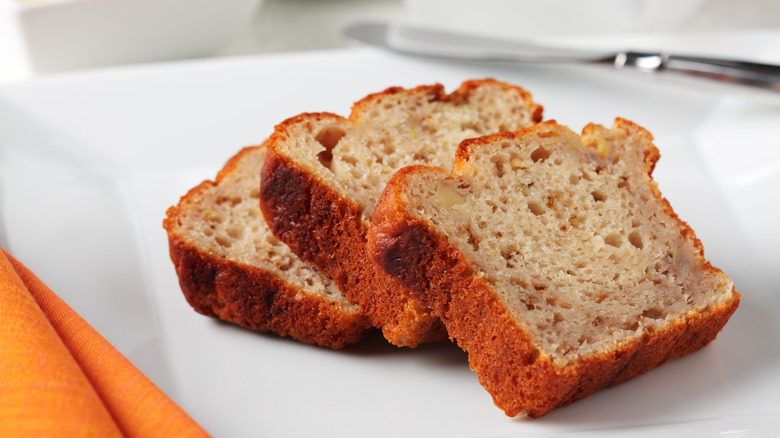
Banana bread is beloved because it is sweet, moist, tasty, and because we can all feel a little less guilty eating it, on account of all the fruit it contains. But all these qualities (minus the perceived calorie pass) don’t materialize out of thin air. They’re achieved through the perfect bake, which can be made easier by wrapping the banana bread in aluminum foil during the last 15 minutes of the baking process.
If you’ve always achieved perfect banana bread without using this trick, then good for you. But for the rest of us mortals, it can save the baked good from becoming overly browned and dry, thus maintaining its signature moist texture. Just make sure you only wrap it loosely so that the air can circulate properly and not lock in too much steam.
Make crispy bacon
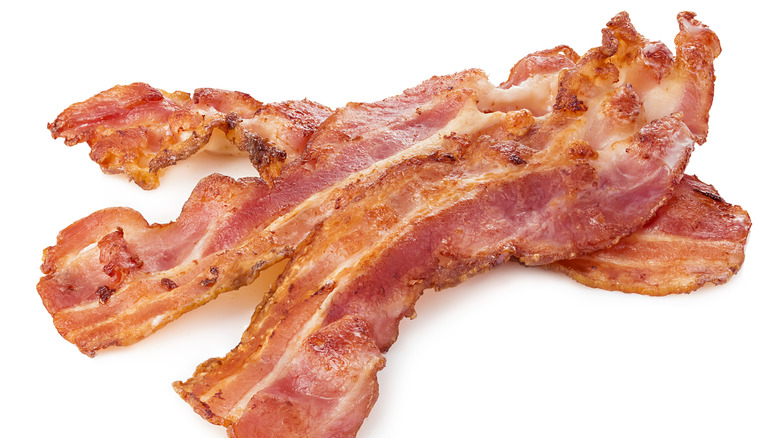
Bacon is one of those foods that can do no wrong. No matter how it’s cooked, and whether it ends up crispy or chewy, it’s going to taste good. But if you fall firmly in the crispy camp when it comes to bacon, you’ll appreciate this aluminum foil hack for making bacon as crispy as can be.
Just line a baking sheet with aluminum foil before positioning your bacon on top. The bacon won’t stick to the bottom, thereby cooking evenly on both sides, which translates to crispy bacon on both sides. While this can be achieved in a pan, the process is more laborious, as you’ll have to stand there and flip the bacon every so often. In the oven, on aluminum foil, the bacon will crisp up on its own, especially as it cooks in its own fat.
Roll it up to get it unstuck

Many aluminum foil uses involve making cooking easier. This one is about helping you use up all the aluminum foil you have in your roll without wasting a single bit. Indeed, this can be a challenge sometimes, especially if you have a cheaper brand of aluminum foil that has skimped on packaging material. The foil can get stuck in one part, tear in another, and leave you with a series of disembodied strips.
Luckily, TikTok has come to the rescue with the perfect aluminum foil hack. Just roll a tiny piece of foil into a ball and rub that over the tube of aluminum foil until it creates a new, even opening from which you can easily pry away a useful sheet.
Turn your muffin tin into a donut pan
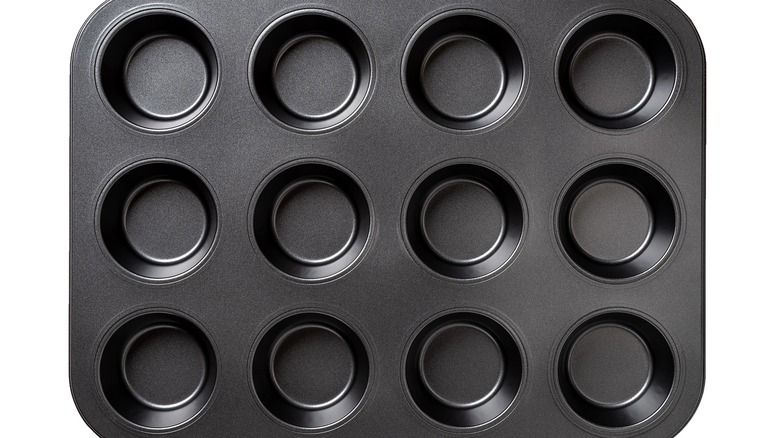
A muffin tin is an easy enough kitchen tool to come by. You can find one at pretty much any kitchen goods store or even hanging off some shelf in the grocery store. But a donut pan might be a little more difficult to source. Luckily, you can fashion a donut pan out of a muffin tin using foil you probably already have at home.
Funfetti’s Instagram post has all the instructions you need for this handy little hack. Just roll up a small piece of aluminum foil, making sure there’s a clearly delineated hole in the middle, and place that in the center of the muffin tin depression. Then pour in your donut batter and watch it surround the aluminum foil. When the donuts come out of the oven, remove the foil tube and your donuts will be left with a perfect hole in the middle.
Shape your cakes
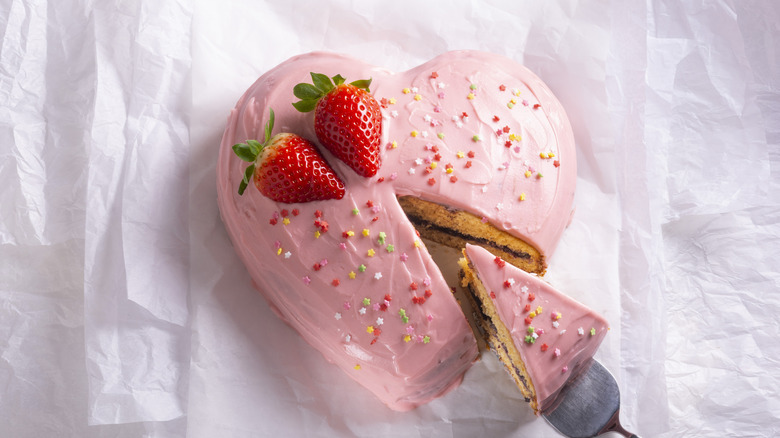
There’s nothing wrong with churning out round or rectangular cakes time after time -– or whatever shape you have for a cake tin. But it might also be fun to change things up once in a while, especially if you’re baking for a special occasion or a specific holiday.
All this and more can be at your fingertips with just a few sheets of aluminum foil. For best results, use a thicker sheet of foil; one strong enough to hold the flow of your batter once you pour it into the tin. Then use it to create whatever shape strikes your fancy. For instance, if you want to bake a heart-shaped cake, mold your foil into a heart shape and place it in your square baking tin, then pour the batter inside the heart shape. Be sure to reinforce the shaped foil on the outer edges with more foil.
Revive stale brown sugar
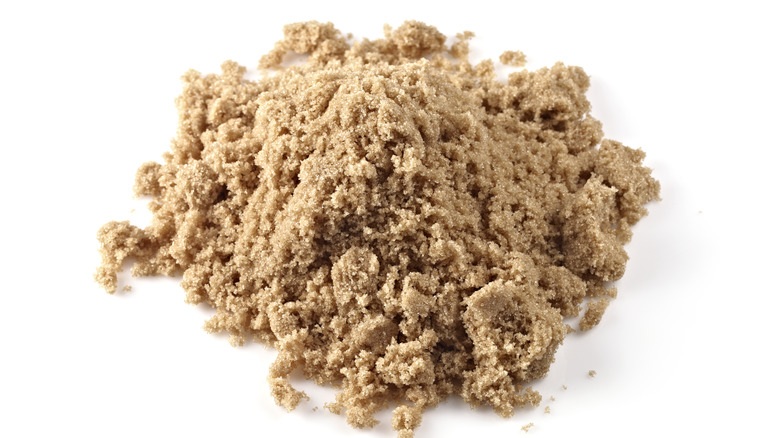
You may not use brown sugar as often as the white sugar you like to sprinkle into your coffee every morning. So it’s only natural that this product would go a little stale due to long periods of disuse -– as with those hard-as-rock clumps of brown sugar that form in the box. With many pantry staples, this could be a problem, especially if the box has already been opened. But an aluminum foil hack can make brown sugar like new.
Just wrap some foil around the clumped brown sugar and bake it at 250 degrees Fahrenheit for 5 minutes. This will melt the molasses content of the sugar, which in turn will loosen the clumps within the moist environment of the aluminum foil encasement. Just make sure to then use that brown sugar immediately, as the contents will immediately begin to harden again.
Use it as a grilling tool
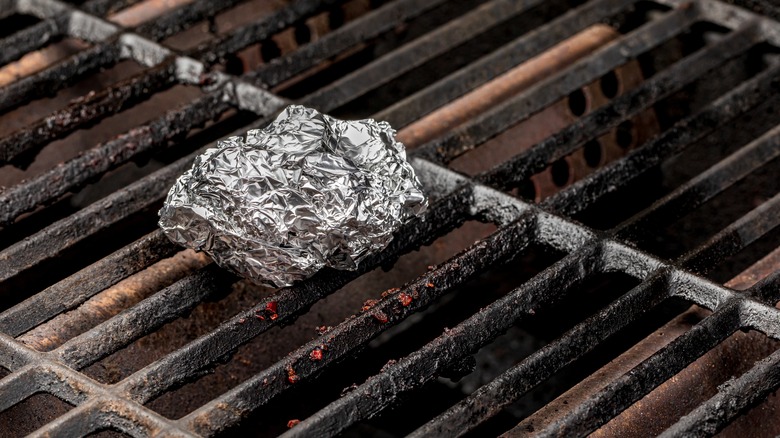
You may already know a few tricks for using aluminum foil as a grilling tool. You might have simply laid a sheet over your grill to minimize mess or avoid burning something delicate. But do you know all the tricks? Chances are that we have a few up our sleeve that you’ve never heard of.
For one, you can grill whole onions, apples, or any other orb-shaped fruit by twisting a cylinder of rolled-up aluminum foil into a ring and resting the orb on top before placing it on the grill to keep it from rolling off. You can also use aluminum foil as a makeshift smoking tool by molding it into a pouch to hold soaked wood chips and leaving a hole at the top to allow the smoke to pass through. Place this pouch on the grill, close the lid, and allow your ingredients to get smoked without the need for a fancy apparatus.
Protect pie crust edges
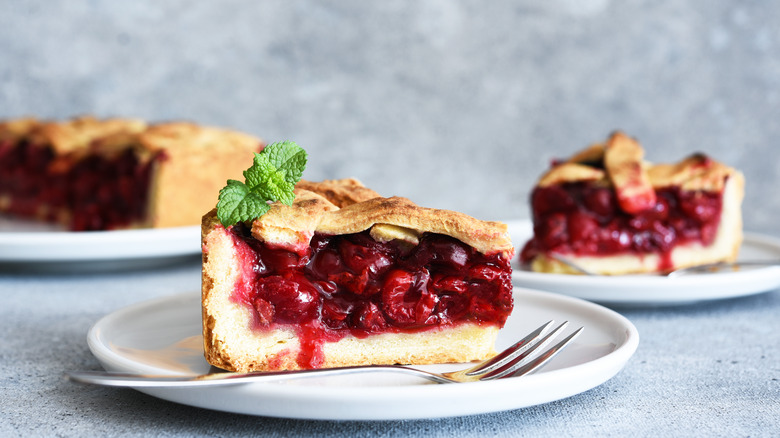
Pies are so ubiquitous in our society that it’s easy to assume they’re easy to make. In fact, they can be quite tricky, especially if you don’t enjoy burnt pie edges. This phenomenon can occur because while most of the pie crust is protected by filling, the edges are out in the open, exposed to heat and ready to burn up when the going gets tough.
To avoid this predicament, you simply need to protect those crust edges, and that’s where aluminum foil comes in handy. Take a few small pieces of foil and wrap them around the edge of the pie before placing it in the oven. That way, if the pie filling takes a long time to bake, your edges will be protected until the whole thing is ready to come out of the oven.
Fashion it into a funnel
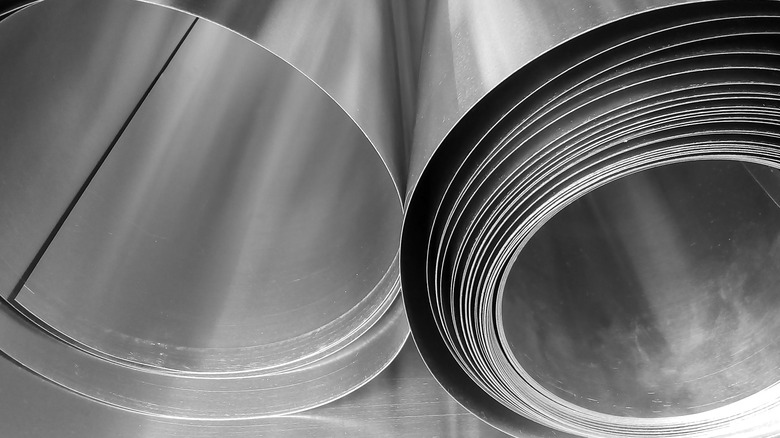
If you don’t have a kitchen funnel of any type, or a canning funnel for that matter, you might find certain tasks a little difficult. For instance, filling a thermos with hot tea can get not only messy but downright painful if you spill some of that good stuff on your hands. Likewise, decanting flour into a storage container can leave your counter with a generous but unwanted dusting of white stuff.
For all this and more, you’re better off using a funnel, which you can quickly fashion out of a sheet of heavy-duty aluminum foil if need be. Just grab a big enough sheet for your needs, fold it over into a funnel shape, and tape it firmly in place.
Clean dishes instead of using steel wool
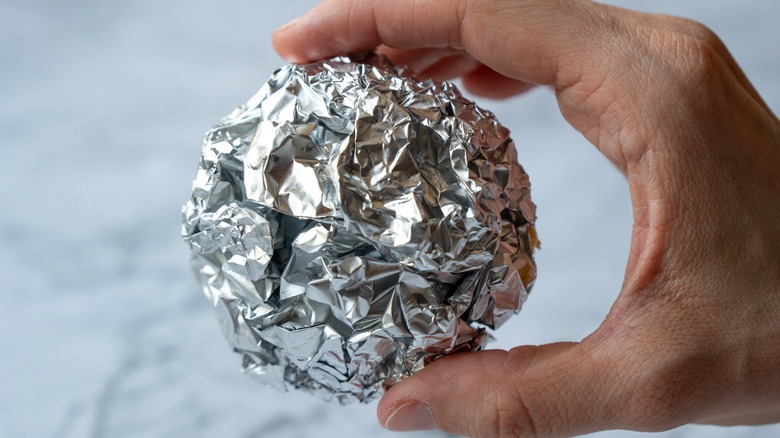
Cristina Nakamura/Shutterstock
Steel wool is a useful tool for cleaning pots and pans. Bits of burnt meat or caked-on sauce don’t come away willingly. But steel wool also tends to trap those bits of food, leaving you with a gross ball of goo that might be easier to throw out than spend an hour cleaning. But then what do you do when you need steel wool to clean your pans again?
You ball up a piece of aluminum foil and use that instead. Just pretend you have your trusty steel wool pad and scrub away at surfaces as you normally would. You may not be able to reuse this tool again later, as foil is not as sturdy as steel wool, but it will do in a pinch.
Sharpen your scissors
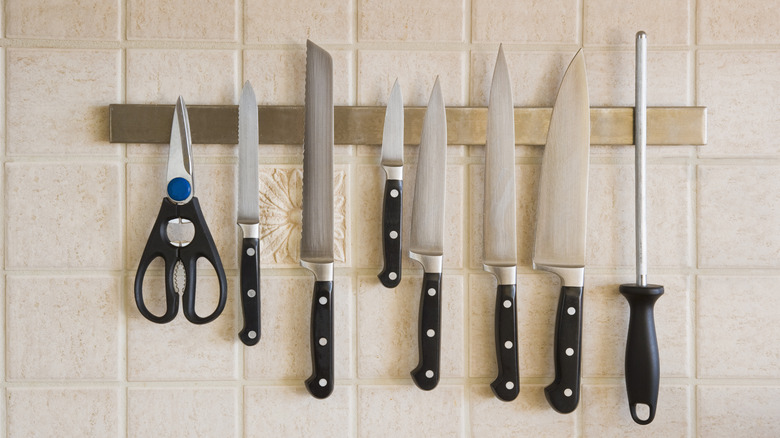
Jmsilva/Getty Images
Kitchen scissors often get neglected when it comes to sharpening. We often talk about keeping our knives sharp to ensure safer and easier cutting practices, but rarely do we include scissors in that conversation. But they also have blades, and those blades can get dull. Yet traditional knife sharpening tools aren’t going to cut it for the typical pair of kitchen scissors.
In their case, it’s best to use aluminum foil. Just take a sheet and fold it over several times to make it at least six layers thick, then use those dull scissors to cut through the aluminum foil multiple times. The more you cut, the sharper your scissors will become. Be sure to rinse off the blades once you’re done to remove any lingering flecks of foil.
Make it non-stick
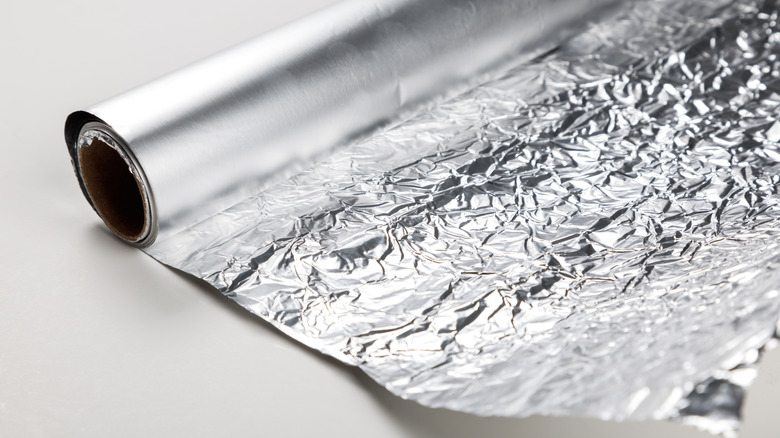
Feng Yu/Shutterstock
Cooking on aluminum foil comes with many benefits. It can help keep cakes moist, protect pie edges from burning, and the list goes on. But despite its somewhat non-stick properties, it can be a little finicky in this department, which is why it’s best to play it safe and crinkle your tinfoil before using it to cook anything you’re worried might stick to it.
The difference between smooth and crinkled foil is that the latter allows more air to flow between the food and the foil beneath it, as the crinkle creates mini air pockets. Thanks to this effect, there is a bit less steam running interference, causing the food to cook in its juices, which leads it to stick to the foil.
Preserve celery for longer
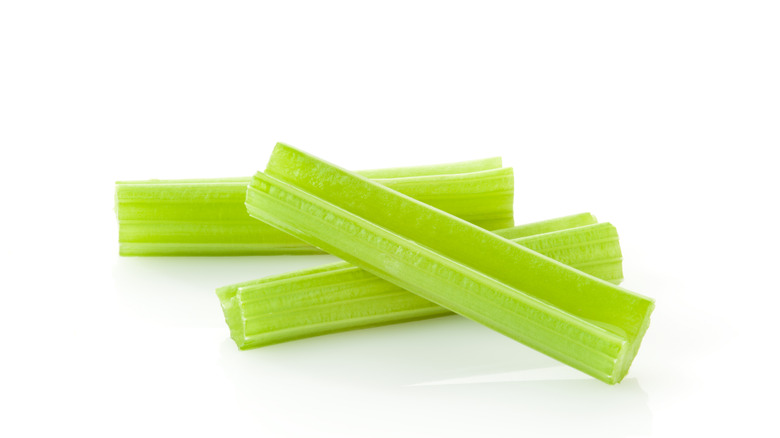
Fcafotodigital/Getty Images
Celery is a quiet staple in many households in that it doesn’t often take center stage in a recipe, but it can be essential to the base layer of flavor in things like Bolognese sauces, soups, or anything requiring a soffrito, which is usually made up of onions, carrots, and indeed, celery. The problem with celery, though, is that you usually only need a couple of stalks for each recipe, but they’re sold in bunches of 10 or more stalks.
So what of all those extra pieces? You wrap them in aluminum foil to keep them fresh for longer. Just be sure to remove the original plastic packaging first, as this is what causes celery to spoil faster –- plastic traps in ethylene, which is the gas that causes fruits and vegetables to ripen faster and go bad. Keep the ethylene at bay by allowing it to escape through the aluminum foil, then say goodbye to those sad, limp celery stalks.
Polish silverware
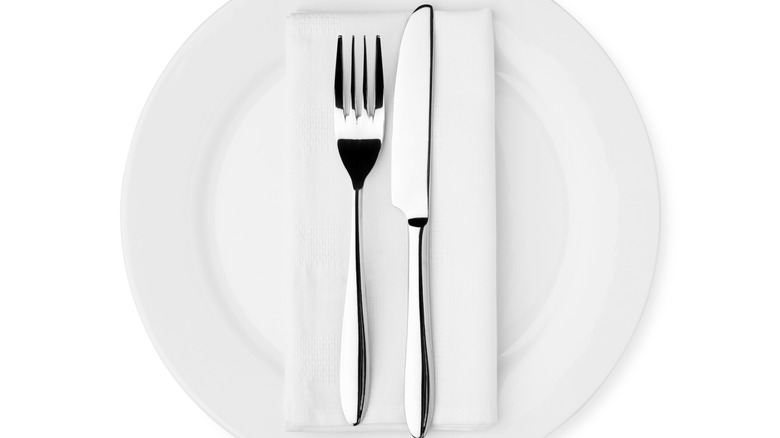
Anthiacumming/Getty Images
If you’re fancy and you own silverware that is actually made of silver, then you may have a recurring tarnishing problem. Most cutlery these days is made of stainless steel or other materials that don’t require polishing, but actual silver still needs some help in that department. That’s where our aluminum foil polishing hack comes into play.
All you have to do is line a pot with foil, fill it with boiling water, sprinkle in some baking soda, and plop in the silverware, letting it sit there for about 10 minutes. The baking soda will draw the sulfur atoms that cause the tarnishing away from the silver and foist it onto the aluminum foil, leaving you with instantly clean cutlery and no sweat broken.
Avoid lost crumbs
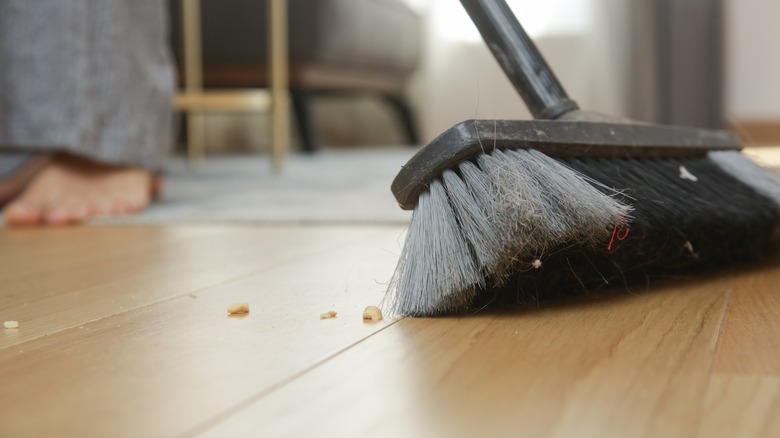
triocean/Shutterstock
Unless you have an ultra-modern kitchen setup with a cooktop installed snugly into your counter and an oven fitted perfectly to your cabinetry, you’re likely to have a few small cracks between your cooking space and your counter where the sun don’t shine. These cracks are havens for fallen crumbs and other bits of food that somehow escape your pans or disappear into the void as you’re transferring food from a pan to a dish.
But while it may be nearly impossible to clean out those crumbs, you can easily prevent them from getting there in the first place. Or rather, you can make sure they fall onto a strip of aluminum foil you place there, folded into a boat shape with rounded edges to catch debris, instead of directly on the floor. Once this food trap is in place, you can just slide it out every few days and dispose of the food bits.



